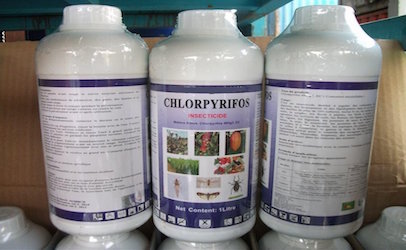At the end of last school year, Lexi Draper- a high school journalist from Collinsville High School- discovered that not only had a couple students at school been diagnosed with lymphomas (often caused by environmental factors) but that cancer numbers in her community at large were rising.
RELATED STORY:
At the time of Draper’s article, there were at least five new cases of cancer within the tiny town of Collinsville, population 6650. But it didn’t stop there. The nearby towns of Owasso and Oologah were seeing cancer numbers climb, too. In fact, one nurse remarked to Draper that she had seen more cancer in Owasso and Oologah than in Tulsa- a city of over 400,000 people.
Here’s what happens when corporations are allowed to ruin our environment and then let the EPA “clean up” their mess:
In her research, Draper found that according to the EPA, from 1914 to 1925, a 61-acre lot located in Collinsville, Oklahoma had been a zinc smelter. Collinsville was now a Superfund site.
(Click here to watch a Fox News 23 report on what Draper found.)
In her article, Draper referenced a page from the EPA where they documented that the site contained “contaminated soil, sediment, and water with hazardous chemicals,”1 but upon following the link, the information was gone and in its place was a warning:
1) you are accessing U.S. Government information and information systems that are provided for official U.S. Government purposes only;
2) unauthorized access to or unauthorized use of U.S. Government information or information systems is subject to criminal, civil, administrative, or other lawful action;
3) the term U.S. Government information system includes systems operated on behalf of the U.S. Government;
4) you have no reasonable expectation of privacy regarding any communications or information used, transmitted, or stored on U.S. Government information systems;
5) at any time, the U.S. Government may for any lawful government purpose, without notice, monitor, intercept, search, and seize any authorized or unauthorized communication to or from U.S. Government information systems or information used or stored on U.S. Government information systems;
6) at any time, the U.S. Government may for any lawful government purpose, search and seize any authorized or unauthorized device, to include non-U.S. Government owned devices, that stores U.S. Government information;
7) any communications or information used, transmitted, or stored on U.S. Government information systems may be used or disclosed for any lawful government purpose, including but not limited to, administrative purposes, penetration testing, communication security monitoring, personnel misconduct measures, law enforcement, and counterintelligence inquiries; and
8) you may not process or store classified national security information on this computer system.
The lot was vacant and unmarked for 79 years before the EPA began its clean up project. And even after the “cleaning”, the city was still left with the potential for massive hazards, prompting them to warn residents that cancer could be a side effect (it was speculated that due to the high cost of filtration systems the EPA used alternative methods of decontamination2).
More superfund horrors:
The teen eventually reached out to the EPA as well as the Washington Rural Water District #3, but they both declined to comment.3
We applaud this young lady for researching what was going on in her town, but why should she have to? Why has the EPA been allowed, once again, to fail the citizens they are supposed to be protecting?
RELATED STORY:












